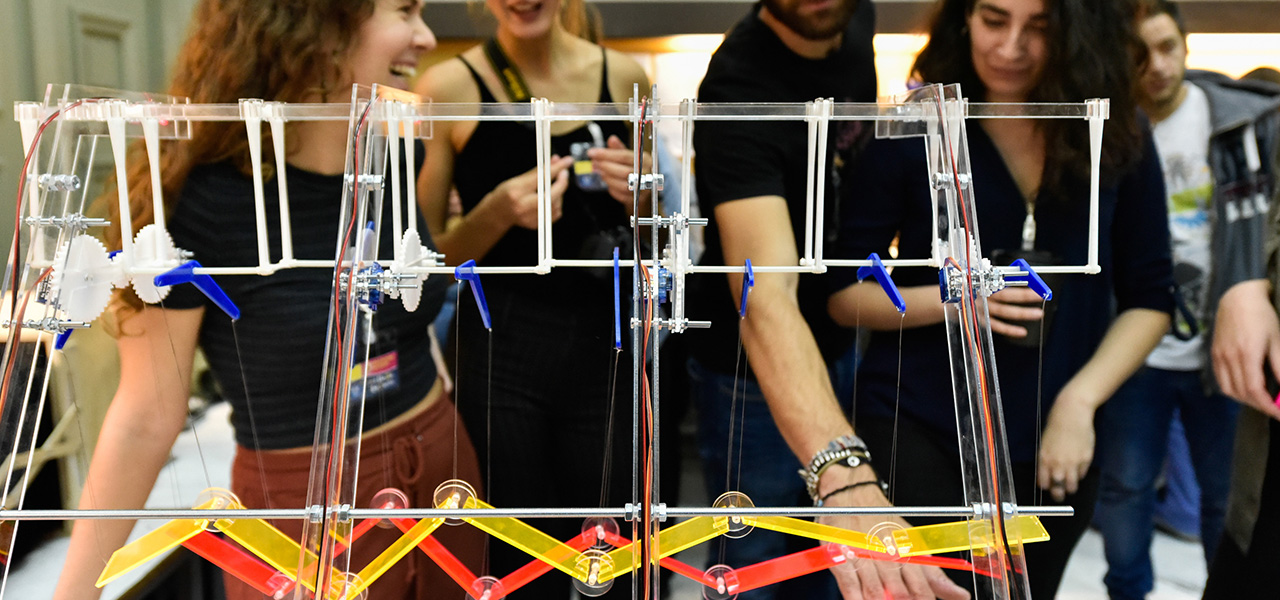Change of Use and the ups and downs of the real estate market, combined with legacy issues, have left modern metropolises with a huge stock of unused buildings, very often side by side with perfectly functional buildings. These modern ruins are often covered in large areas of graffiti and street art. In recent years, centered on places like Japan or Eastern Europe, a new scientific and artistic area has opened up, around urban exploration. Ruin photography, sometimes called Ruin Porn, is a recent movement in photography that takes as its subject matter the decay of the built environment (cities, buildings or infrastructure). Ruin photography captures the abandonment and decline of cities in particular and has sparked discussions about the role of art in various urban renewal, restoration and conservation projects in cities around the world. During its course, street art received the most contradictory characterizations, from "metropolitan primitivism" to that of "the last authentic space of a natural artistic expression" (beyond commerce and institutions). But what of all this is true? Every European metropolis, every metropolis perhaps, displays graffiti in its suburbs, in industrial areas, degraded areas, railway bridges... The peculiarity of Athens, however, is that we find them not only in central residential and commercial areas (Exarchia, Kolonaki) but and on the main traffic axes of the city (Stadium, University, Academy, Patision). Graffiti could be described as a "tattoo on the skin of the building".
6th Semester
Course Code:
4164
Type:
Elective Course
Teaching Hours:
3
The course will not be taught during the current academic year
Domain:
Dept. Ι
Course Format:
Theory - Exercise

